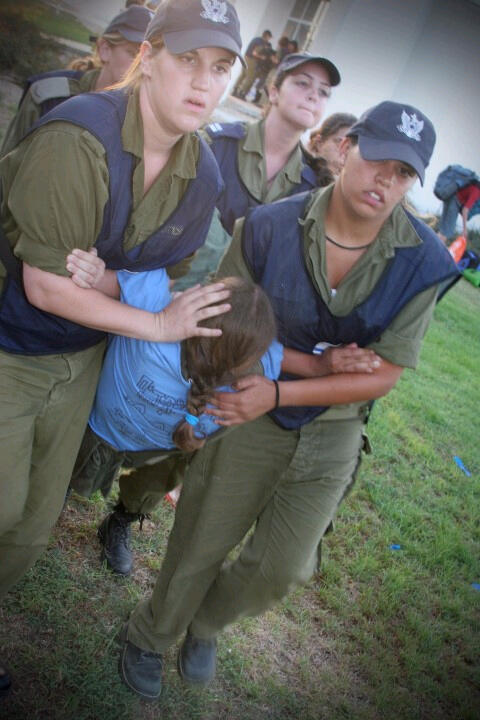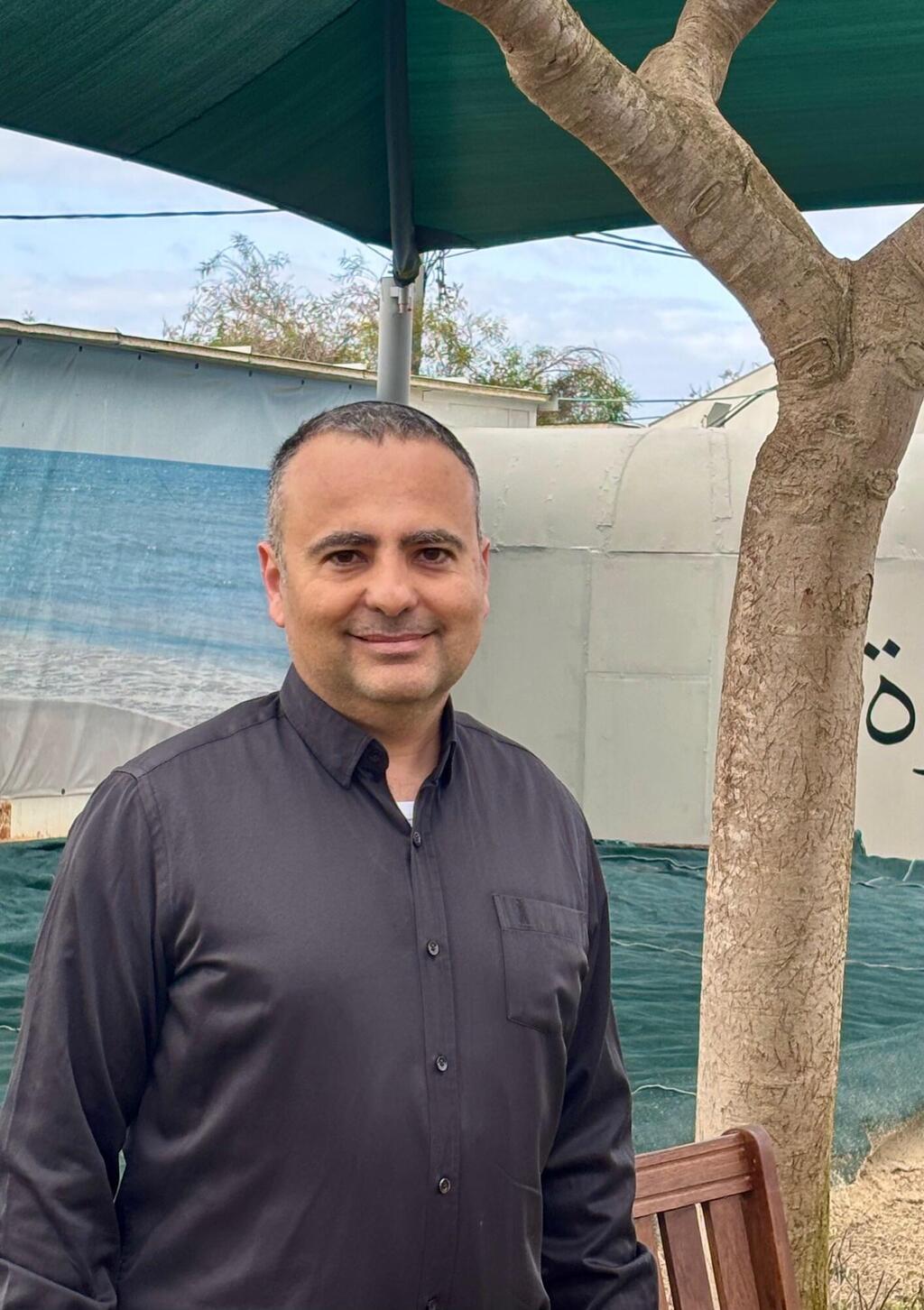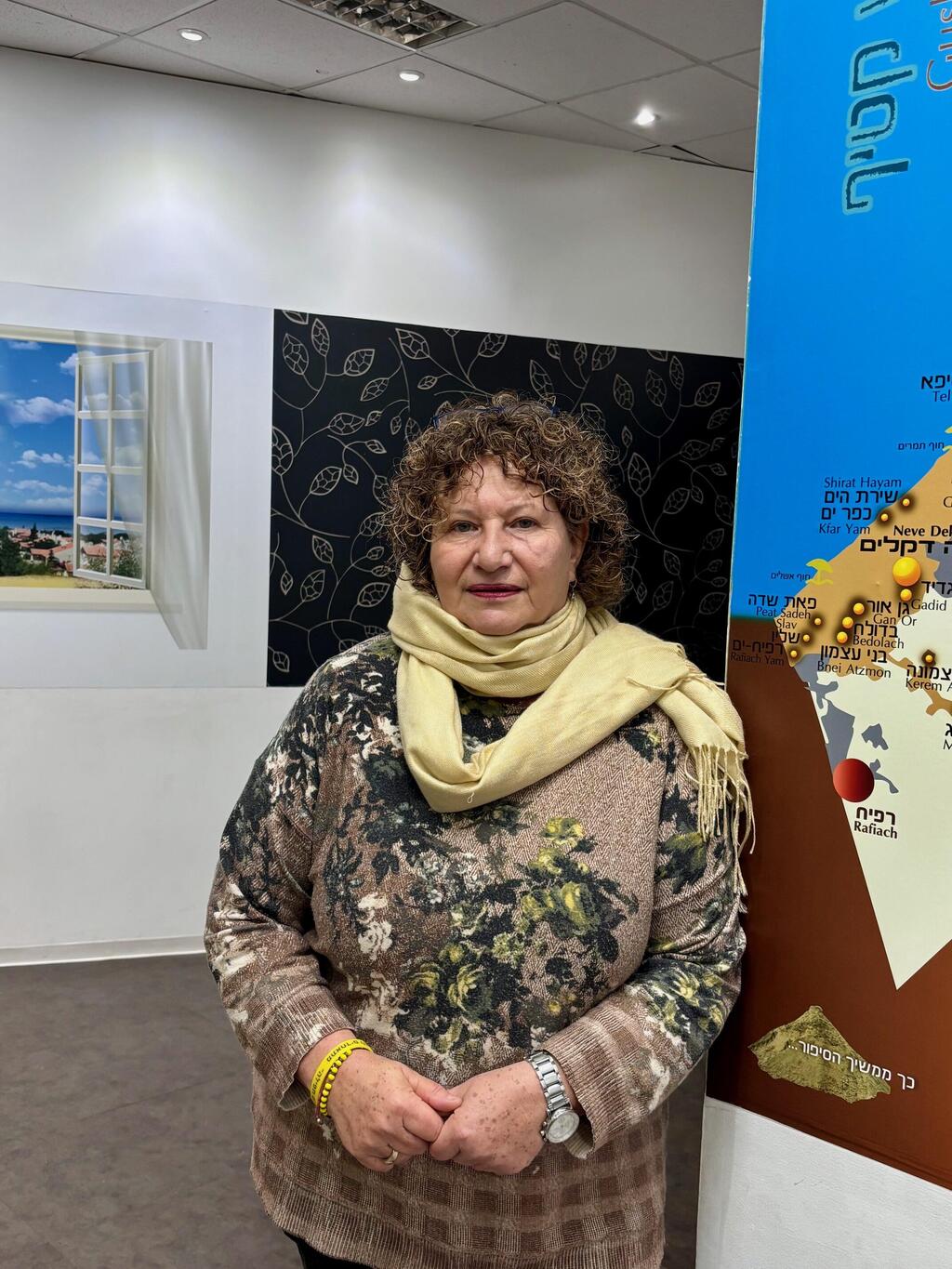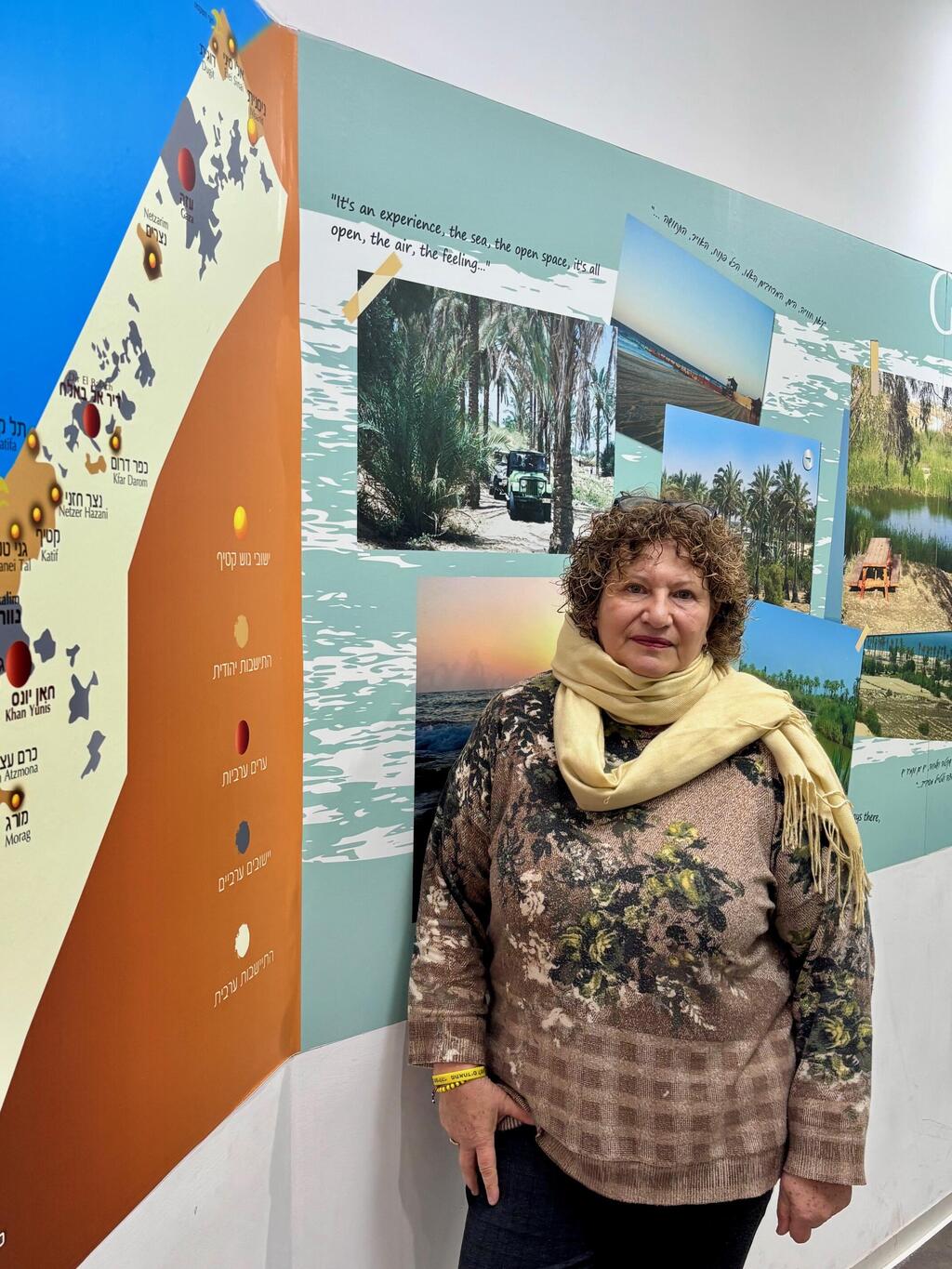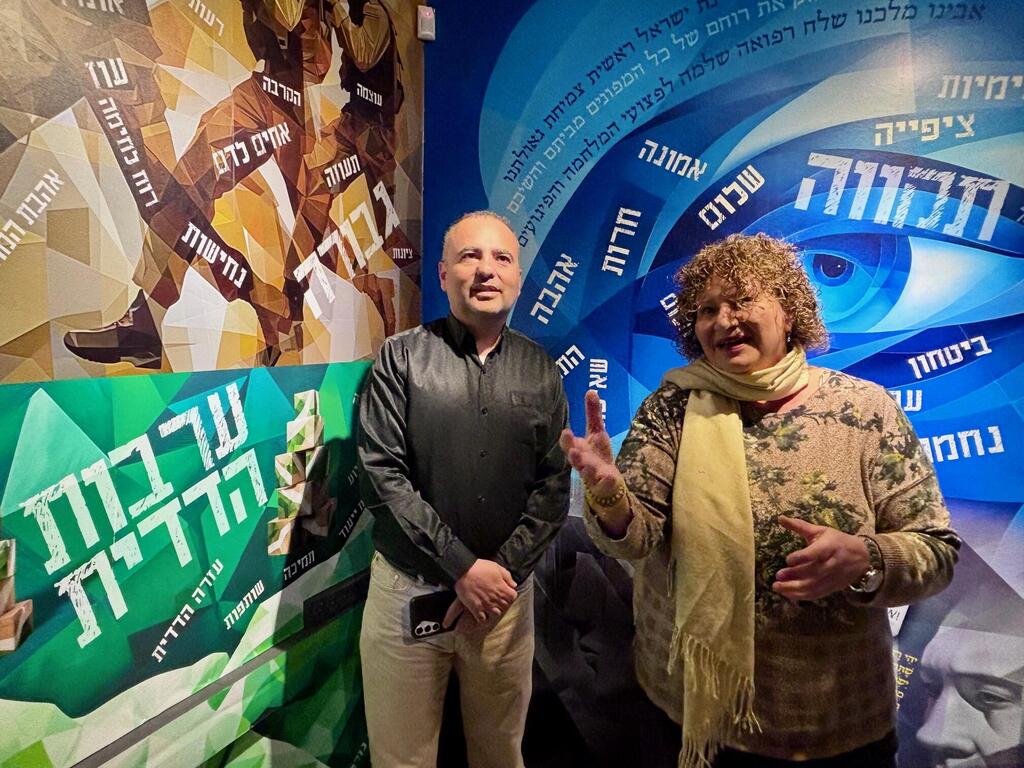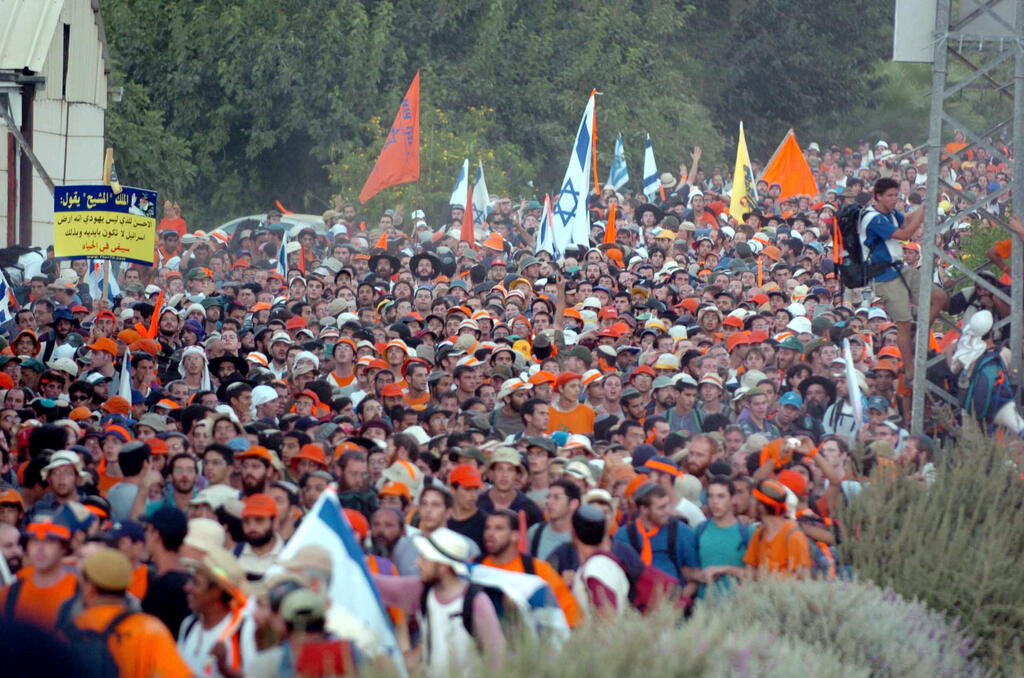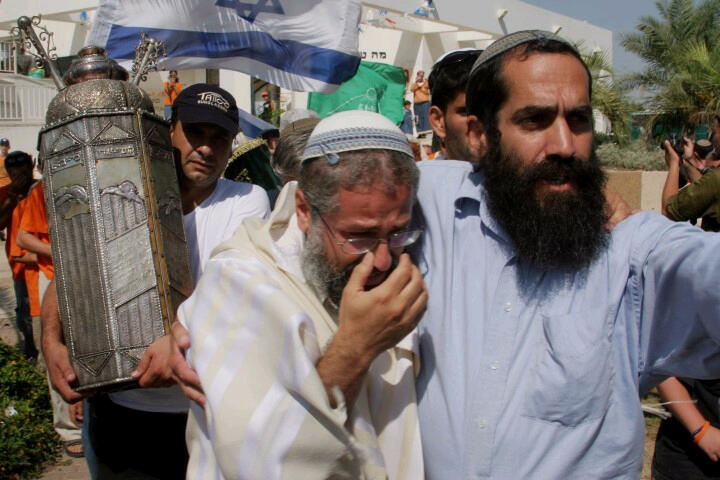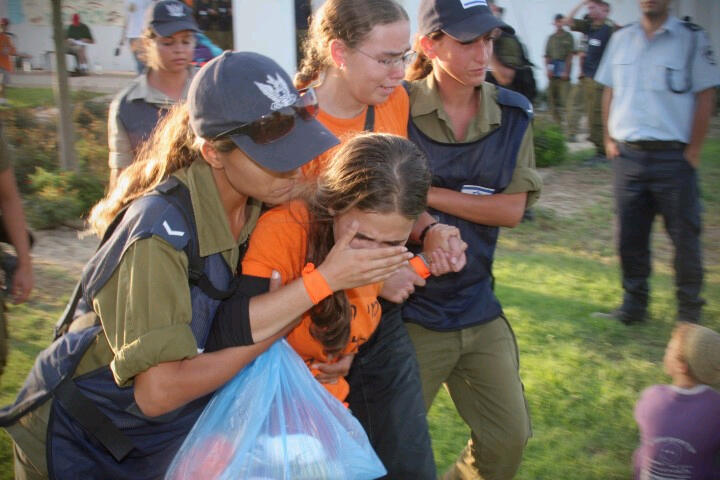Getting your Trinity Audio player ready...
In 2005, Israel forcibly evacuated around 10,000 residents from Gush Katif in the Gaza Strip. The hope? Peace. Many believed that withdrawing from Gaza would pave the way for harmony with the Palestinians and, perhaps, even lay the foundation for a future Palestinian state.
Instead, Israel was met with relentless rocket fire, terror attacks, and, ultimately, the October 7 massacre—where Gazan terrorists and civilians brutally murdered 1,200 Jews.
Now, U.S. President Donald Trump has proposed a plan that could allow Jews to return to Gaza. Other proposals from Saudi Arabia, Egypt, and regional players are also emerging. Many doubt Trump’s vision will materialize, but one thing is clear: former Gush Katif residents say that Israel cannot return to the status quo.
“Ever since Donald Trump announced his plan, I can’t get it out of my mind,” Dror Vanunu, who served as Gush Katif’s spokesperson during the 2005 disengagement, said.
Standing outside the Gush Katif Heritage Center in Nitzan, Vanunu’s eyes were distant, lost in memory. He recalled how, in 2005, thousands of journalists from around the world descended upon Gush Katif. At the time, there was an illusion, he said—that expelling Jews from the 21 flourishing communities would bring peace, that Gaza would become another Singapore, that its shores would rival the French Riviera, and that “everything would be awesome.”
“They believed this was just a conflict over territory,” Vanunu said. “They thought that if the Israelis left everything we built over 35 years, there would be peace. But we knew that once you take us out of Gush Katif, there would be much more terrorism. We used to say Gush Katif was like the pin in the dam of terrorism. Once you pull it out, there will be massive terrorism.”
Two years after Israel’s withdrawal, under pressure from the U.S. administration, the Palestinians held elections. The people voted Hamas into power. Within months, the newly elected leadership was throwing its Fatah rivals off rooftops and further radicalizing the enclave.
In the years that followed, conflict after conflict erupted—major clashes in 2014 and 2021—culminating in the Hamas-led massacre of 2023. Instead of expelling the terrorists, they expelled the victims of terror.
Get the Ynetnews app on your smartphone: Google Play: https://bit.ly/4eJ37pE | Apple App Store: https://bit.ly/3ZL7iNv
“I think that after 20 years, most Israelis now realize expelling the Jews from Gush Katif was a terrible mistake,” Vanunu said. “Instead of expelling the terrorists, they expelled the victims of terror.”
Vanunu sees Trump’s proposal as the answer.
Because what you have is, instead of punishing the victims, you need to punish the terrorists. The only solution is destruction and rebuilding it again—this time, in a different way. It’s a brave solution.
“Because what you have is, instead of punishing the victims, you need to punish the terrorists,” he said. Gaza, he argued, is like biblical Sodom, with its vast underground terror tunnels. “The only solution is destruction and rebuilding it again—this time, in a different way. It’s a brave solution.”
Building a dream
For 19 years, Laurence Beziz called Gush Katif home. An immigrant from France who also lived in Los Angeles, she saw her life there as part of something greater—a pioneering effort to build the state of Israel.
She and her husband arrived with nothing. Together, they built one of Israel’s most successful farms.
“Life was less about what you wanted for yourself and more about what you wanted for the community,” Beziz recently recalled. “You looked at yourself as part of something larger. It was not about how much furniture you had or what your house was like, but what you could do for the country,” she said.
During those years, she and her husband were young, energetic, and driven by dreams.
“We had a lot of dreams, and basically, I can say that all of them came true,” Beziz said.
When former Prime Minister Ariel Sharon first spoke of the disengagement, the Jewish residents of Gush Katif couldn’t believe it. The government had invested heavily in schools, infrastructure, and services, and the communities were thriving.
“It seemed impossible to destroy all of it,” Beziz said.
Moreover, the government was unprepared. Beziz recalled the chaos of August 15, 2005—the first and central day of the disengagement.
“There was a lot of chaos. A lot of people leaving, some refusing to leave, soldiers coming in, policemen everywhere,” she said.
She lost more than 10 acres of greenhouses, wiping away years of hard work. But more than that, she lost her dreams.
“Gush Katif is still very much anchored in us,” Beziz said. “Coming to Israel and feeling like pioneers—that connection between the land, ourselves, and building a community—that’s powerful. It’s a part of you. Looking back at my life, it was a great achievement.”
She added, “The way that we were uprooted from this land—it’s something we cannot forget. It was done in a way that didn’t respect all we built.”
A history of Jewish presence in Gaza
Jews have been present in the Gaza region since ancient times. According to the Torah, the patriarchs Abraham and Isaac spent time there.
Genesis 20:1 describes Abraham as settling in Gerar, a city within Gaza. Later, during a famine, Isaac considered traveling to Egypt, but God instructed him to stay in Gerar, saying: “Dwell in this land, and I will be with you, and I will bless you; for to you and your descendants I will give all these lands” (Genesis 26:3).
It was in Gaza that God reaffirmed His covenant, promising the Jewish people their inheritance in the Land of Israel.
For centuries, Jews lived in Gaza—only to be repeatedly expelled. The Romans forced them out, followed by the Crusaders, Napoleon, the Ottoman Turks, the British in 1929, and the Egyptians in 1948.
So when Israel reclaimed Gaza in the 1967 Six-Day War, it seemed natural for Jews to return and rebuild.“These were left-wing leaders at the time,” Vanunu said, “but they understood there had to be a presence in Gush Katif. They believed that if you want to protect the southern part of Israel, you must have communities [in Gaza], not just army bases.”
Of the 21 Jewish communities in Gaza, about 70% were religious or traditional, while the rest were secular. Most relied on agriculture. For 36 years, Gush Katif thrived, producing large quantities of peppers, tomatoes, flowers, and other crops for Israel and beyond.
Vanunu, like Beziz, recalled that residents never believed the disengagement would happen. But as the reality set in, they launched an 18-month campaign to stop it.
“We went all over the country,” Vanunu said. “We kept telling people it would be a disaster for Israel.”
But in the end, he said, it became clear that even if most of the Knesset opposed the plan, Sharon would find a way to push it through. And that’s exactly what happened.
A Life Built and LostVanunu remembers Gush Katif as a place with a “special atmosphere,” a thriving community where life felt meaningful and connected to the land.
He and his wife lived there for 11 years with their three children; now they have six. In December 2003, after years of waiting, they finally received the permits to build their home. Construction began immediately. But in June 2004, the government announced its decision to disengage from Gaza.
“My wife and I didn’t know what to do,” Vanunu recalled. “We were hesitating, but in the end, we decided to move forward. We completed the home about five months before the expulsion. We loved it.”
Beyond their home, they loved Gush Katif—the beaches, the farms, the greenhouses, and the vibrant flowers and plants.“Gush Katif was a miracle,” Vanunu said. “When the Jews arrived, the Arabs asked what they planned to do with the land since it was just dunes. The Jews said agriculture. The Arabs said there was no chance—it was the desert. But the pioneers told them, ‘Don’t worry, you’ll see. This area will flourish.’ And it happened.”
He added, “We were able to make the desert heaven.”
With Trump’s plan on the table, Vanunu has already considered whether he would return, saying, “There is a good chance” he would despite everything he lost.
After being forced out of Gaza, Vanunu lived in a hotel for six months, then in a caravan for nearly a decade before finally moving into a permanent home in Nitsan. Many families had it even harder—some waited 18 years to resettle.
“There was compensation,” he said, “but it was very low compared to what we lost. Many families, despite receiving compensation, were not able to rebuild their lives.”
For nearly 77 years, Israel has tried again and again to find solutions with the Palestinians, Vanunu said—whether by removing Jewish communities, withdrawing from hilltops, or even relinquishing entire cities. But each time, the result has been the opposite of peace.
“Gaza became Sodom,” he said.
Now, for the first time in years, he feels a glimmer of hope that things might change.
Beziz shares that hope, though cautiously. What matters most to her is that Israel and the world remember Gush Katif—not just as a painful chapter but as proof that Israel can rebuild and thrive even after the most challenging times.
While not everyone managed to reclaim their lives, as Vanunu described, most of the 10,000 people who were evicted from Gush Katif in 2004 have since moved forward.
“Gush Katif is the Israel story—the Jewish story through the ages,” Beziz said. “We can have a crisis, we can know trauma. But we can cope. We can make things better.”



